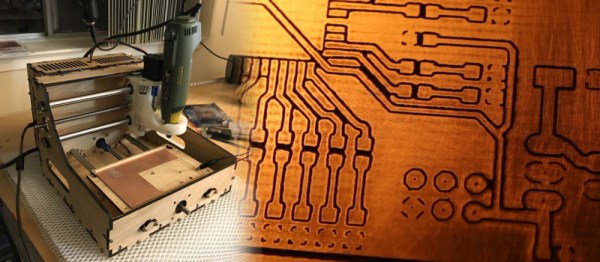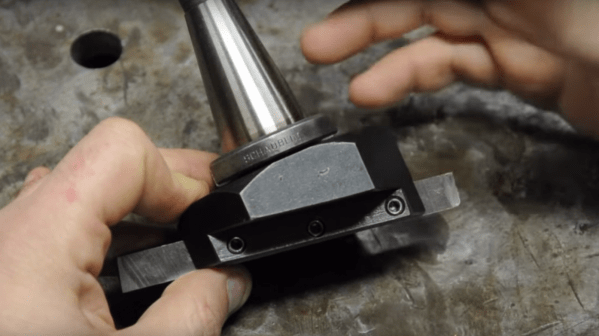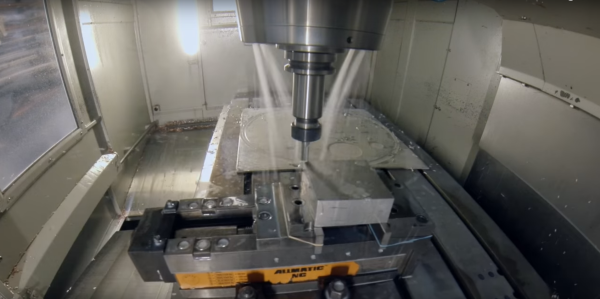Vibration is a fact of life in almost every machining operation. Whether you’re milling, drilling, turning, or grinding, vibration can result in chatter that can ruin a part. Fighting chatter has generally been a matter of adding more mass to the machine, but if you’re clever about things, chatter reduction can be accomplished electronically, too. (YouTube, embedded below.)
When you know a little something about resonance, machine vibration and chatter start to make sense. [AvE] spends quite a bit of time explaining and demonstrating resonance in the video — fair warning about his usual salty shop language. His goal with the demo is to show that chatter comes from continued excitation of a flexible beam, which in this case is a piece of stock in the lathe chuck with no tailstock support. The idea is that by rapidly varying the speed of the lathe slightly, the system never spends very long at the resonant frequency. His method relies on a variable-frequency drive (VFD) with programmable IO pins. A simple 555 timer board drives a relay to toggle the IO pins on and off, cycling the VFD up and down by a couple of hertz. The resulting 100 RPM change in spindle speed as the timer cycles reduces the amount of time spent at the resonant frequency. The results don’t look too bad — not perfect, but a definite improvement.
It’s an interesting technique to keep in mind, and a big step up from the usual technique of more mass.
Continue reading “Fighting Machine Tool Chatter With A 555 Timer”

















